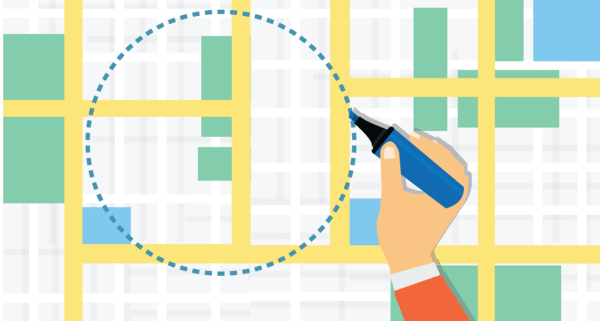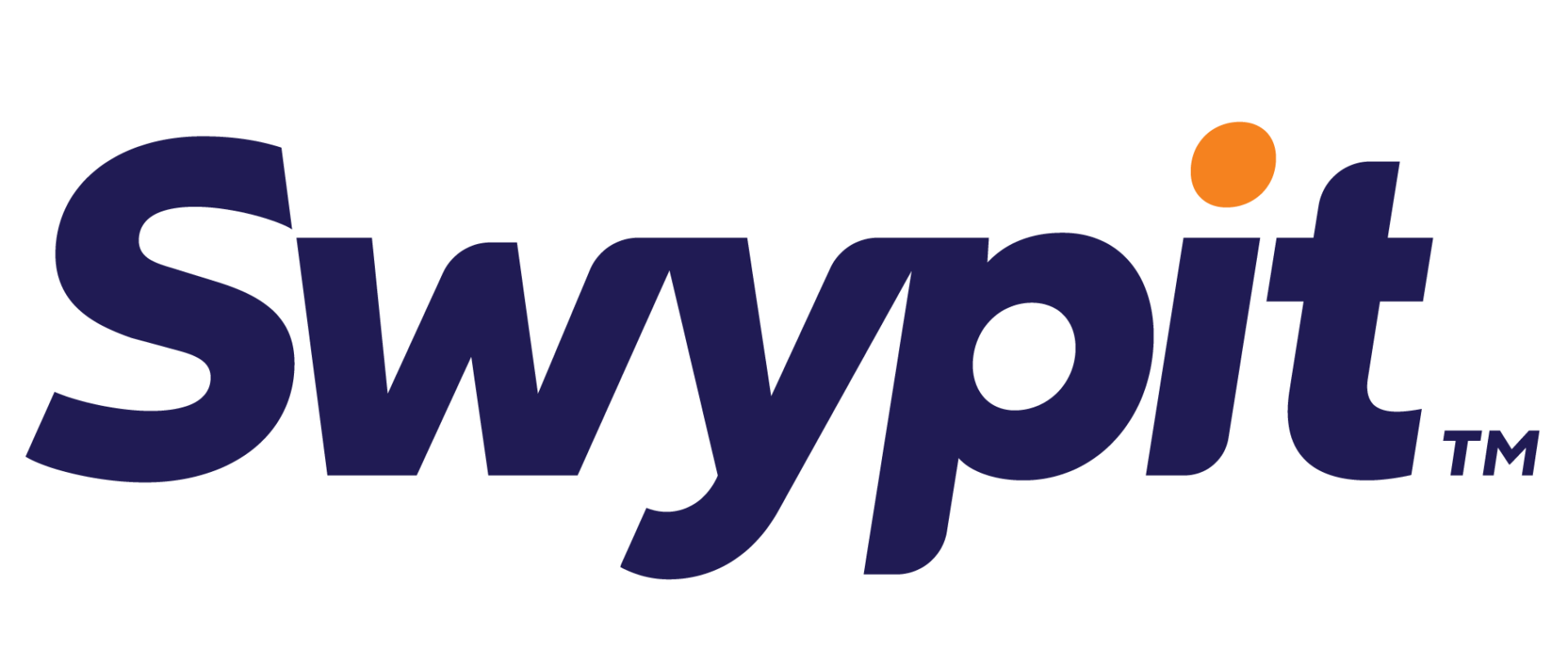An Intro to Geofencing: What is GeoFencing and Why Should You Care?

Articles|Blog
Maybe you’ve heard the term “geofencing?” Maybe not. If you haven’t, you will. And if you have, you might not have any idea what it is.
While we definitely can’t really delve into this somewhat-sophisticated strategy in a single article, geofencing is becoming so popular in business applications – especially local business – it’s definitely worth exploring just a little.
In its broadest definition, geofencing is detects when a device is in or enters a set location. You’ve likely seen instances of geofencing at work, while or when performing searches or in social media, when you are given or shown results specific to your location or near you.
Basically, geofencing causes an action to trigger (such as showing a specific ad or alert) when a device (and the person holding or carrying the device) is “inside” the fenced area.
Today, another way businesses are being creative with geofencing is through making these virtual boundaries even more useful by sending out location-based notifications.
What is the actual definition of geofencing?
A geofence is a virtual perimeter used to detect if someone is walking by your store, by a competitor’s store, or entering a particular location. Geofences can be used to target customers in physical locations, sending out the right message, the right campaign, at the right time and place.
How a geofence works…
To make use of geofencing, a developer must establish a virtual boundary in GPS software. They will then specify who to target within that area. For instance, a concert venue might have an app to download that will send the concert-goers notifications. There is an “if this, then that” command where an app is programmed to trigger an action based off another action. For instance, “If I’m 5 feet from my front door, turn on my lights.”
Not only is geofencing for mobile apps, but also for tracking vehicles in the shipping industry. For example, drones are programmed to accommodate geofencing and are even set up around the White House. The FAA can even then set up drone-resistant geofences that can stop a drone mid-air or ask for the user’s authorization.
Where this really becomes applicable for even the smallest of businesses, is in Facebook ad targeting for example.
Geofencing Applications
Mobile devices are becoming more and more popular, which is why geofencing has become part of the marketing practice for many businesses, establish those that require on local business and/or targeting.
Some businesses even set up geofences around their competitors, so when customers approach the boundary, they’ll get a notification prompting them to visit another (their) business instead of the competitor’s. Aside from Facebook targeted advertising, other social media applications also make use of geofencing and the cutting-edge businesses have found ways to make this useful as well through location-based filters, stickers, and other content that will speak directly to this localized audience.
On a personal level, geofencing can also be used for bringing security right to your mobile device. For example, you can set your phone to receive alerts when someone enters or leaves your home.
Practical considerations of geofencing
Think… what do you want geofences to do? Where would you put them? What practical information could this provide you that you could use to enhance marketing for your business. Logistically, in urban areas, you could set geofences down to 100 meters so you catch someone literally walking by your business or that of your competition. On the other hand, if you’re a restaurant in a more suburban or rural area, you’d want to make them considerably larger to cast a bigger net and also taking into account potentially limited wifi or cell towers.
Since we’ve only scratched the surface here, if you see the potential applications for geofencing for you and your business, it’s likely worthwhile to do additional consideration and research. Geofencing is definitely “emerging” and early adopters stand to reap large benefits.
